- No products in the cart.
Alka-Seltzer tab spike. 10 pieces
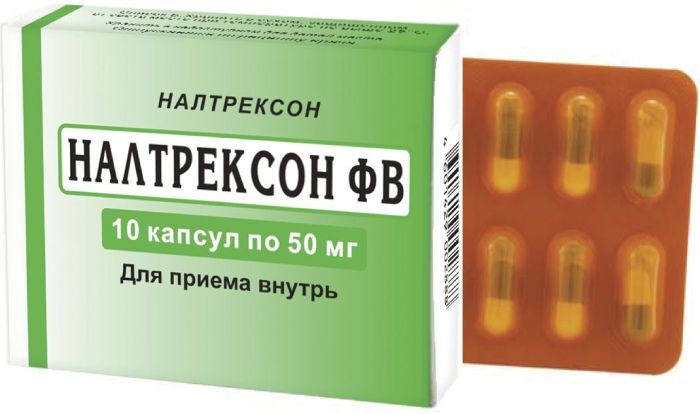
Naltrexone FV caps. 50mg 10 pc
$21.55
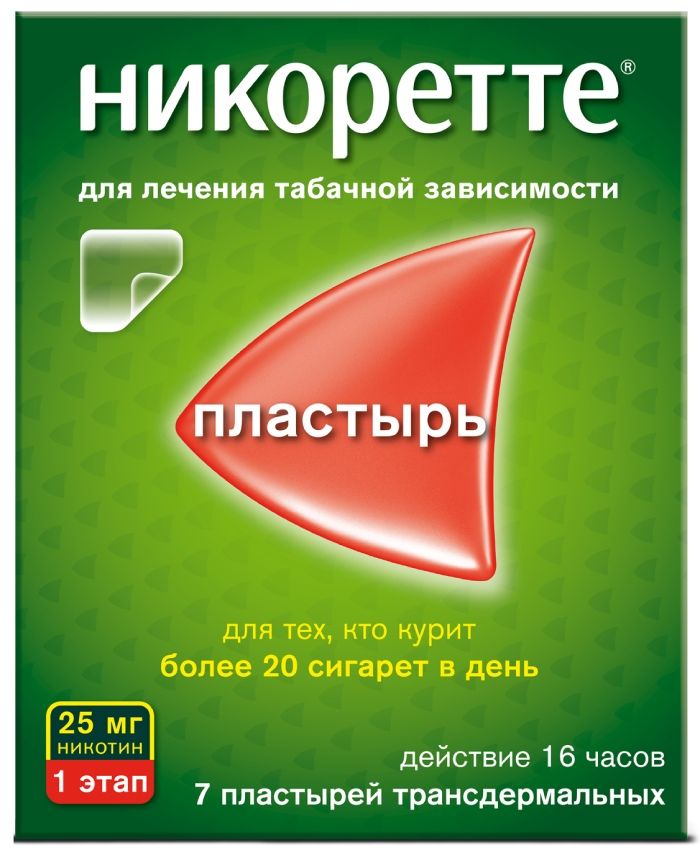
Nicorette patch TTS translucent 25mg / 16h sachets 7 pcs 1st stage
$22.40
$9.34
Alka-Seltzer tab spike. 10 pieces
SKU: 1845580979 Categories: Hangover drugs, Medicaments, Pernicious habits Tag: Bayer Consumer Health
Description
Composition
Active substance:
1 tablet contains: Acetylsalicylic acid – 324 mg of sodium hydrogencarbonate dried (sodium hydrogen carbonate 87.5%, 12.5% sodium carbonate) – 1625 mg citric acid – 965 mg ;.
Excipients:
Povidone February 25 mg, dimethicone / silicate * 1 mg, DOSS Sodium Benzoate ** 0.1 mg Sodium saccharinate 2 mg, 1.95 mg lemon flavor, lime flavor 1.95 mg.
Description:
Round, flat tablets of white color on one side engraving «ALKA SELTZER» in projecting on the perimeter of a circle convex. The reverse side has a chamfer.
Product form:
effervescent tablets 324 mg + 965 mg + 1625 mg. 2 tablets effervescent in a strip of paper, laminated with aluminum foil; 1, 3, 5, 6, 10 or strips together with instructions for use in a cardboard box.
Contraindications
Increased sensitivity to aspirin or other NSAIDs and other ingredients; • erosive and ulcerative lesions of the gastrointestinal tract (exacerbation); • hemorrhagic diathesis; • the combined use of methotrexate at a dose of 15 mg per week or more; • complete and incomplete combination of bronchial asthma, recurrent nasal polyposis and paranasal sinuses and intolerance to acetylsalicylic acid and other non-steroidal anti-inflammatory drugs (including history).; • pregnancy (I and III trimester), lactation.
The drug is not indicated for children under 15 years old with acute respiratory diseases caused by viral infections, because of the risk of Reye syndrome (encephalopathy and acute fatty liver with the development of acute liver failure).
Precautions concomitant therapy with anticoagulants, gout, gastric ulcers and / or duodenal ulcer (history), including chronic or relapsing course ulcer disease, or episodes of gastrointestinal bleeding; kidney and / or liver failure, deficiency of glucose-6-phosphate dehydrogenase, heart failure, pregnancy II trimester.
Dosage
324 mg + 965 mg + 1625 mg
Indications
Symptomatic treatment of pain of mild to moderate severity of headache (including after alcohol consumption), toothache, sore throat, back pain and muscle pain, joint pain, pain during menstruation.
Fever with colds and other infectious and inflammatory diseases (adults and children over 15 years).
Interaction with other drugs
With methotrexate 15mg a week or more of: increased hemolytic cytotoxicity of methotrexate (reduced renal clearance of methotrexate and methotrexate substituted salicylates in connection with blood plasma proteins); with anticoagulants such as heparin: increased risk of bleeding due to inhibition of platelet function, damage to gastrointestinal mucosa kischechnogo tract displacement anticoagulants (oral) in connection with plasma proteins; with other non-steroidal anti-inflammatory drugs, as well as with large doses of salicylates (3 g per day or more) as a result of synergies, increased risk of gastric and duodenal ulcers, and bleeding from the gastrointestinal tract; with uricosuric agents, benzbromarone example: reduces uricosuric effect; with digoxin: digoxin concentration increases due to the reduction of renal excretion; with hypoglycemic drugs. e.g. insulin: increased hypoglycemic effect gipoglikimicheskih preparations due hypoglycemic action of acetylsalicylic acid; with drugs group thrombolytics: increased risk of bleeding; diuretics: reduced glomerular filtration due to a decrease of prostaglandin synthesis; systemic corticosteroids, excluding hydrocortisone, used as replacement therapy in Addison’s disease: The use of glucocorticoids decreases salicylate concentration in blood by increasing the excretion latter; with inhibitors of angiotensin converting enzyme: at a dose of 3 g per day and more reduced glomerular filtration by inhibiting the action of prostaglandins, and as a result, antihypertensive effect is reduced; valproic acid: increased toxicity valproic acid; ethanol: increases the risk of a damaging effect on the mucous membrane of the gastrointestinal tract, and increased bleeding time.
Overdose
symptoms
An overdose of moderate severity: nausea, vomiting, tinnitus, hearing loss, headache, dizziness and confusion. These symptoms are at lower doses.
Severe overdose: fever, hyperventilation, ketosis, respiratory alkalosis, metabolic acidosis, coma, cardiogenic shock, respiratory insufficiency, severe hypoglycemia.
Treatment:
Hospitalization, lavage, administration of activated charcoal, the monitoring of acid-base balance, alkaline diuresis to receive the urine pH between 7.5-8 (forced alkaline diuresis is achieved if salicylate concentration in plasma is greater than 500 mg / l (3, 6 mmol / l) in adults or 300 mg / l (2.2 mmol / l) in children), hemodialysis, fluid loss compensation, symptomatic therapy.
pharmachologic effect
Pharmacological group:
Combined analgesic (NSAID antacid +).
Pharmacological properties:
Combination drug action is due to its constituent active components.
Acetylsalicylic acid has analgesic, antipyretic anti-inflammatory effect, due to inhibition of cyclooxygenase enzymes involved in prostaglandin synthesis. Aspirin inhibits platelet aggregation by blocking the synthesis of thromboxane A2.
Sodium bicarbonate neutralizes free hydrochloric acid in the stomach, which reduces the irritant effect of the drug.
Citric acid promotes more rapid absorption of the drug.
Pharmacokinetics:
After oral administration ASA quickly completely absorbed from the gastrointestinal tract. The absorption period and immediately after ACK is converted into the principal active metabolite – salicylic acid. ACK reaches maximum concentration in plasma after 10-20 minutes, and salicylic acid – after 0.3-2 hours.
About 80% of salicylic acid ASA and binds to plasma proteins and is rapidly distributed to the tissues. Salicylic acid is metabolized in the liver with the formation of metabolites – salitsilurata, salitsilovofenolnogo glucuronide glucuronide salitsilatsilovogo, gentizurovoy and gentisic acid. It is released in breast milk and crosses the placenta.
Salicylic acid dose-dependent elimination. The half-life ranges from 2-3 hours, while taking the drug at a low dose to about 15 hours at high dose. Salicylic acid and its metabolites are excreted mainly by the kidneys.
Conditions of supply of pharmacies
Without recipe.
side effects
On the part of the gastrointestinal tract: abdominal pain, heartburn, nausea, vomiting, explicit (vomiting blood, tarry stools) or hidden signs of gastrointestinal bleeding, which can lead to iron deficiency anemia, erosive and ulcerative lesions (including perforation) of the gastrointestinal tract, are isolated cases – impaired liver function (increased activity of “liver” transaminases).
The central nervous system: dizziness, tinnitus (typically are features overdose).
From the hematopoietic system: increased risk of bleeding, which is a consequence of the effect of aspirin on platelet aggregation.
Allergic reactions: skin rash, anaphylactic reactions, bronchospasm, angioedema.
If you notice such symptoms should stop taking the drug and immediately contact your doctor.
special instructions
Aspirin can cause bronchospasm, bronchial asthma attack or other hypersensitivity reactions. The risk factors are the presence of asthma, nasal polyps, fever, chronic obstructive lung diseases, cases of allergy in the anamnesis (allergic rhinitis, skin rash).
Aspirin may increase the tendency to bleeding, which is related to its inhibitory effect on platelet aggregation. This should be considered, if necessary, surgical interventions, including small interfering as tooth extraction. Before surgery to reduce bleeding during surgery and in the postoperative period, the drug should be discontinued for 5-7 days and put in a doctor’s reputation.
Children should not be prescribed drugs containing acetylsalicylic acid because the risk of Reye’s syndrome is increased in the case of a viral infection. Symptoms of Reye syndrome are prolonged vomiting, acute encephalopathy, liver enlargement.
If necessary, use during lactation should stop breastfeeding.
Acetylsalicylic acid reduces the excretion of uric acid from the organism that can cause an acute attack of gout in predisposed patients,
One effervescent tablet contains Alka-Seltzer 477 mg of sodium, which should be considered in a diet with a controlled intake of sodium.
Not revealed the influence of the drug in the management of vehicles and other machinery.
Effects on ability to drive and moving mechanisms: No effect.
Storage conditions
At temperatures above 25 ° C. Keep out of the reach of children.
Dosing and Administration
The drug is intended for adults and children over 15 years.
Inside, take a single dose of 1-3 tablets (interval between doses should be 4-8 hours). The maximum daily dose should not exceed 9 tablets (3 g).
Dosing: 1-3 tablets preliminarily dissolved in 1 cup (200 ml) of water.
Duration of treatment (without consultation with a physician) should not exceed 5 days when administered as an analgesic and more than 3 days – as an antipyretic agent.
Information
Appearance may differ from that depicted in the picture. There are contraindications. You need to read the manual or consult with a specialist
Additional information
| Weight | 0.100 kg |
|---|---|
| Manufacturer | Bayer Consumer Health |

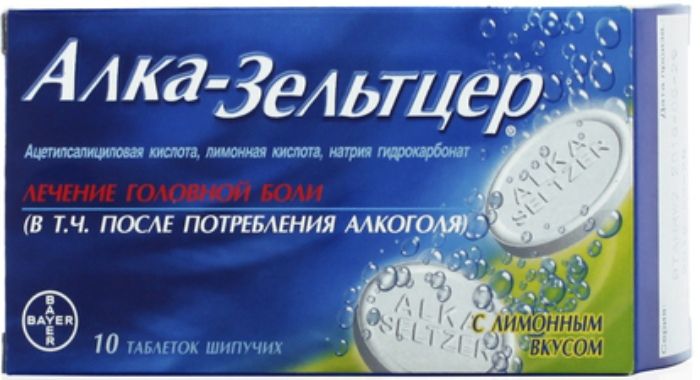
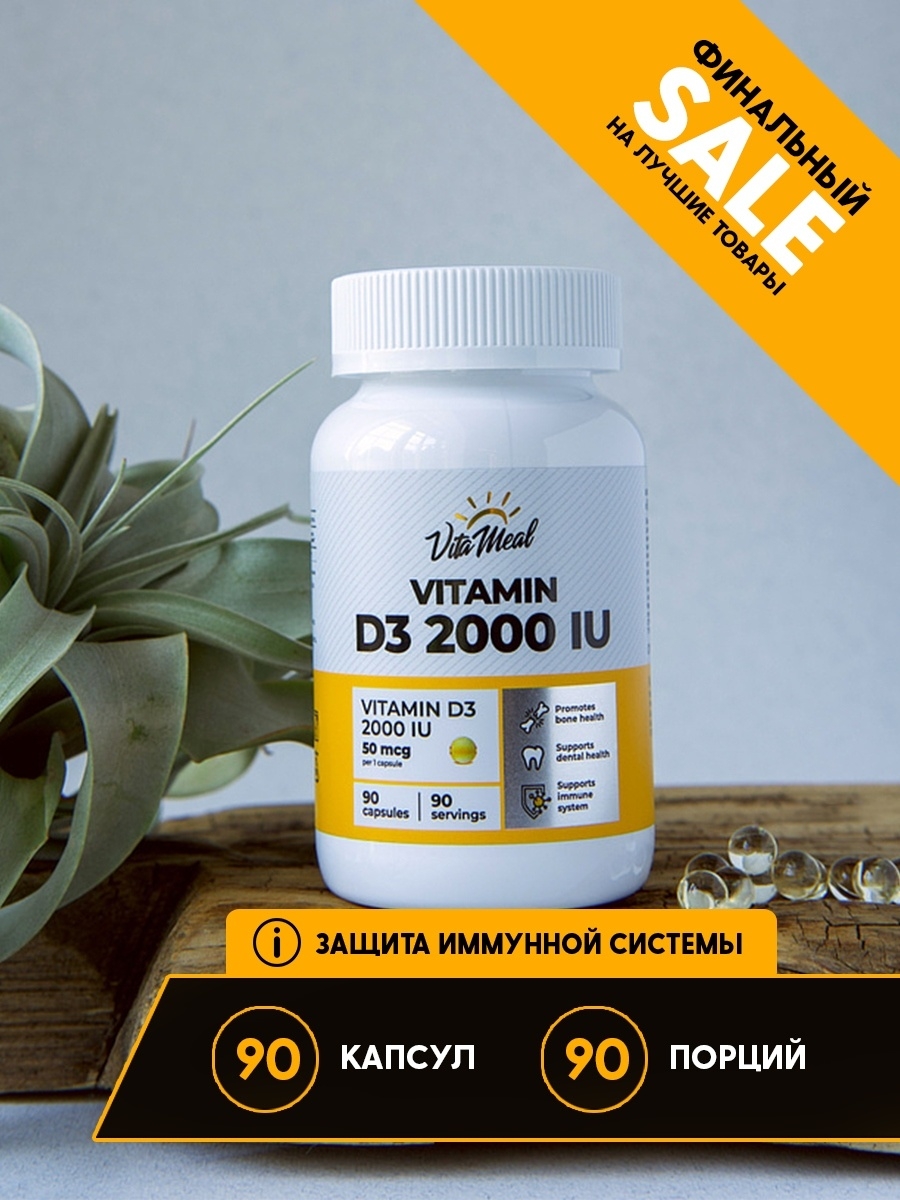

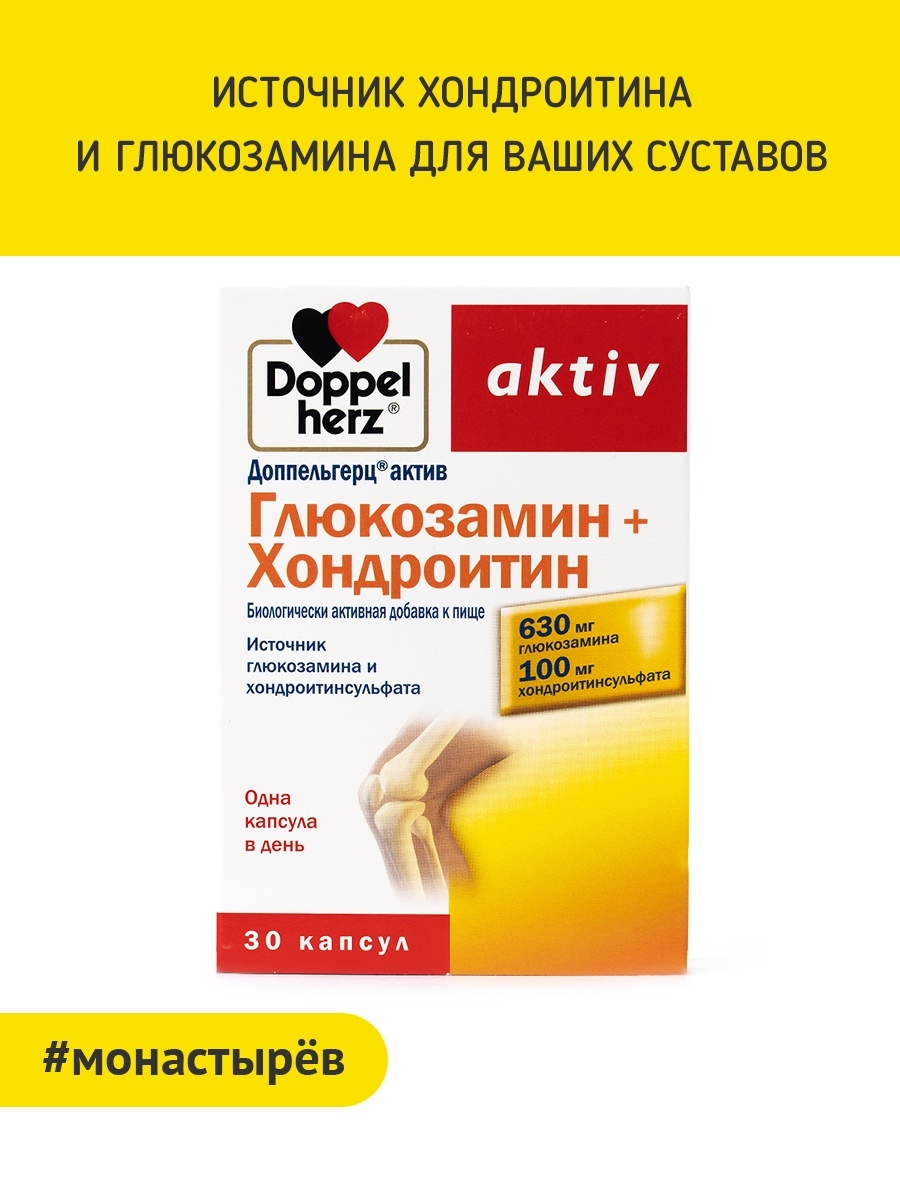
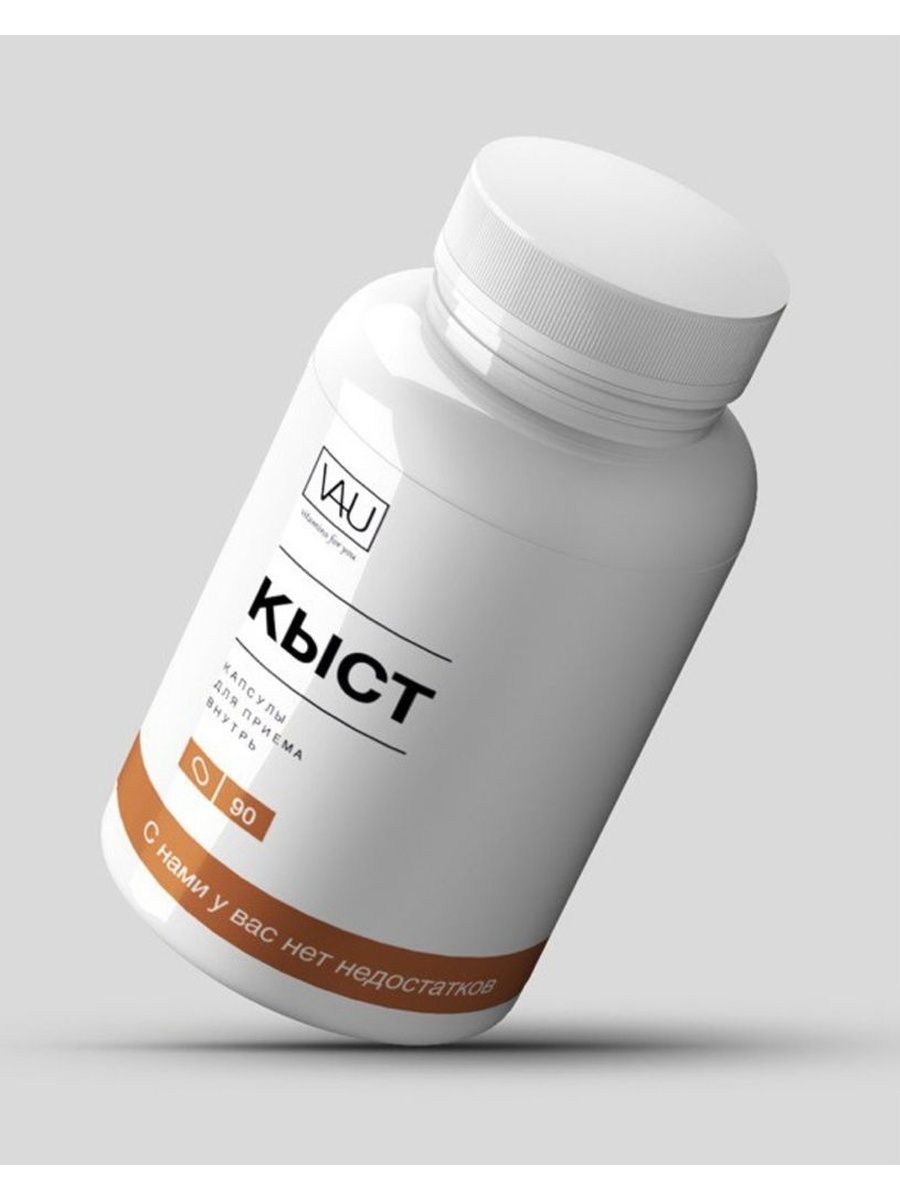
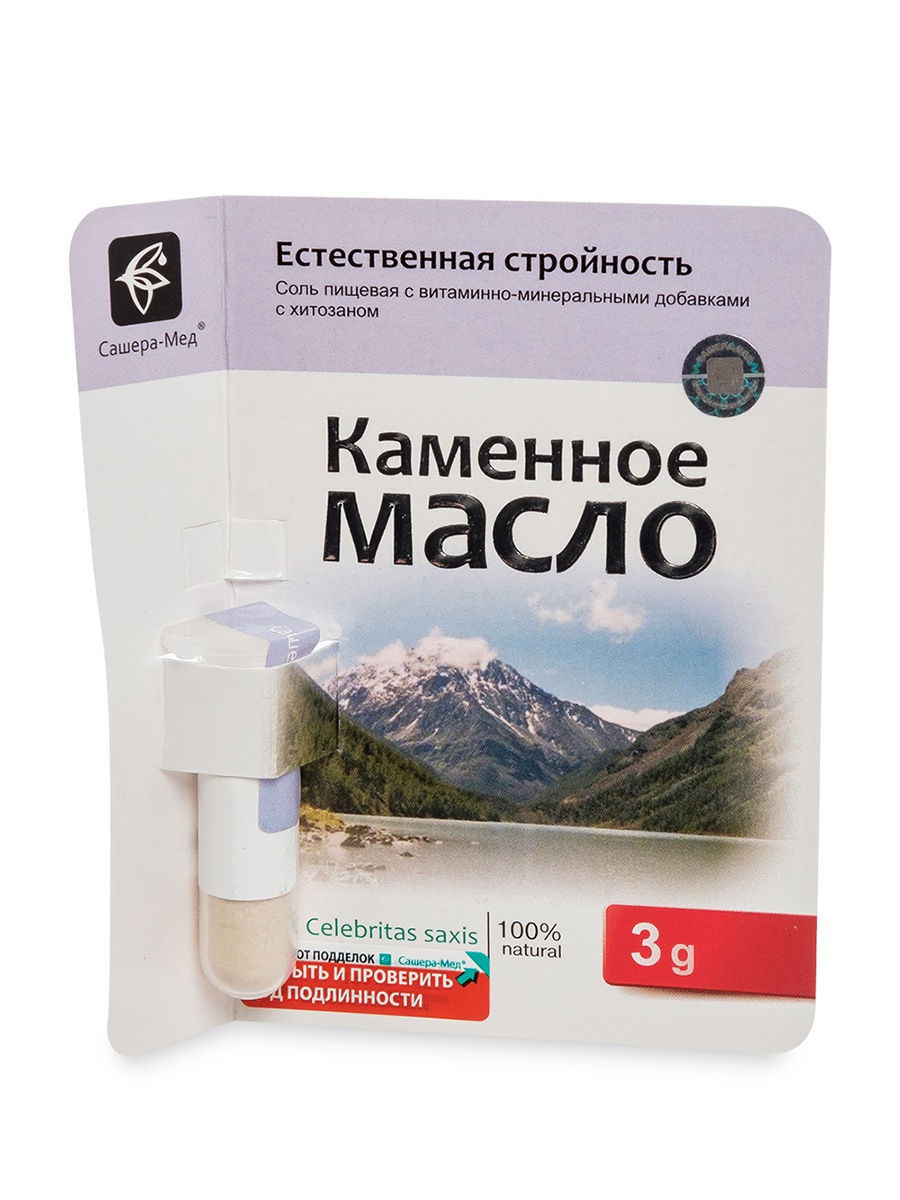
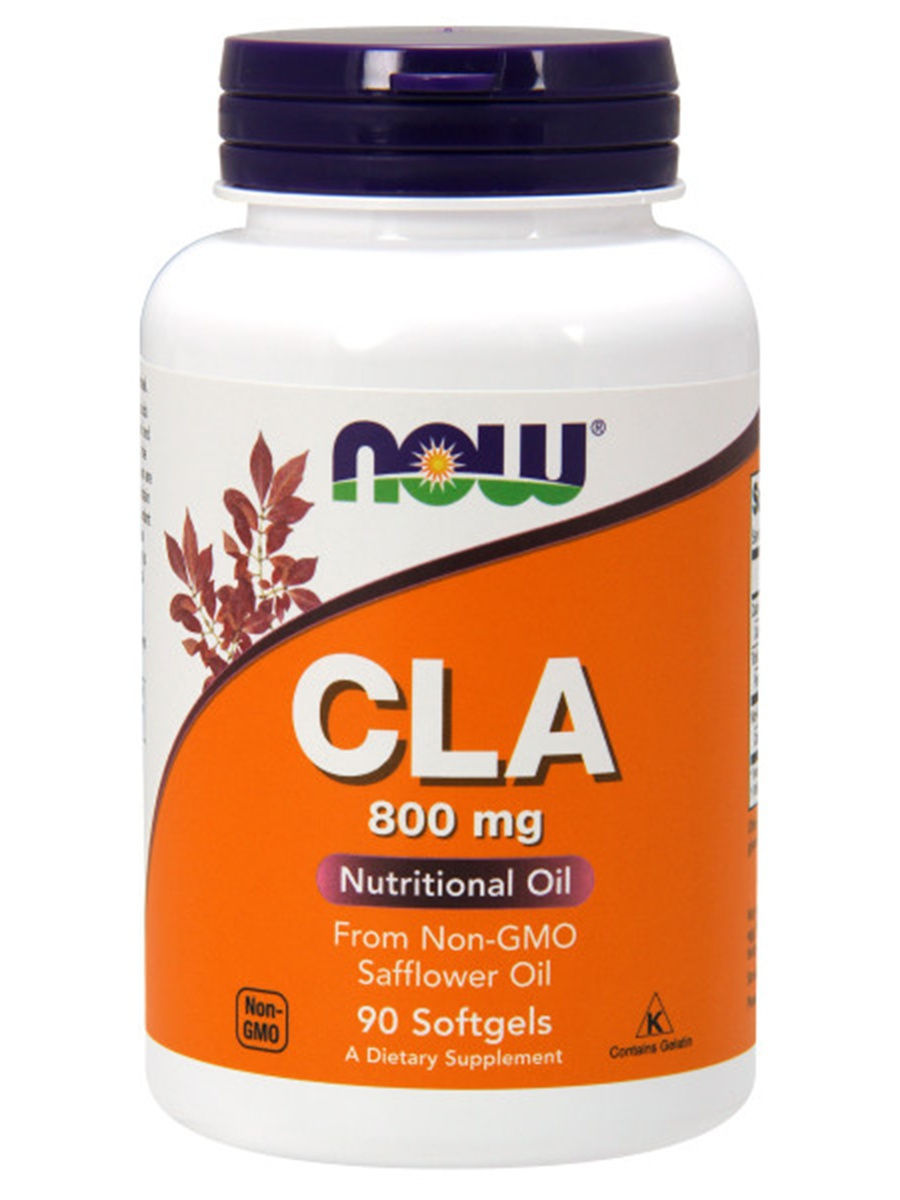




There are no reviews yet.